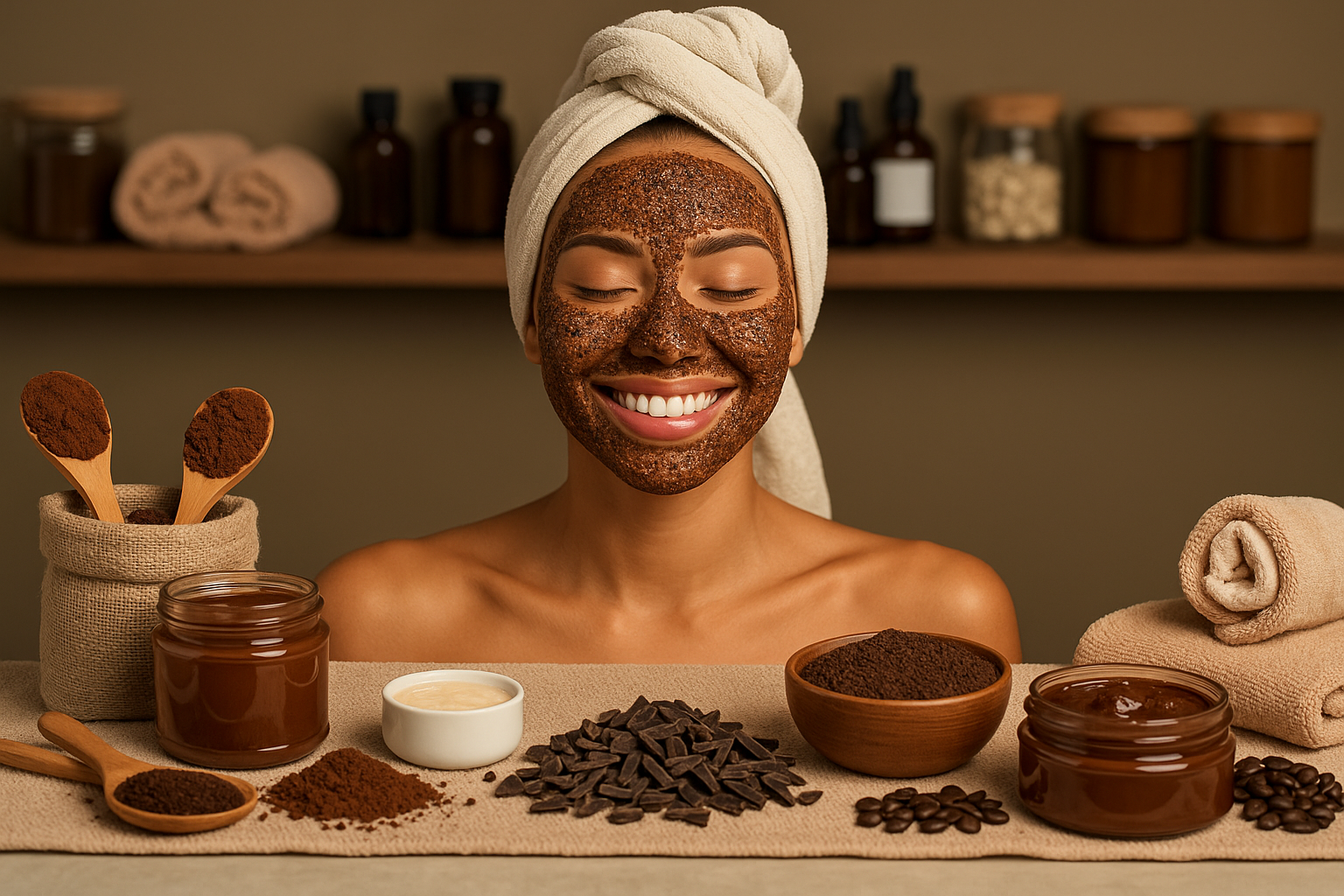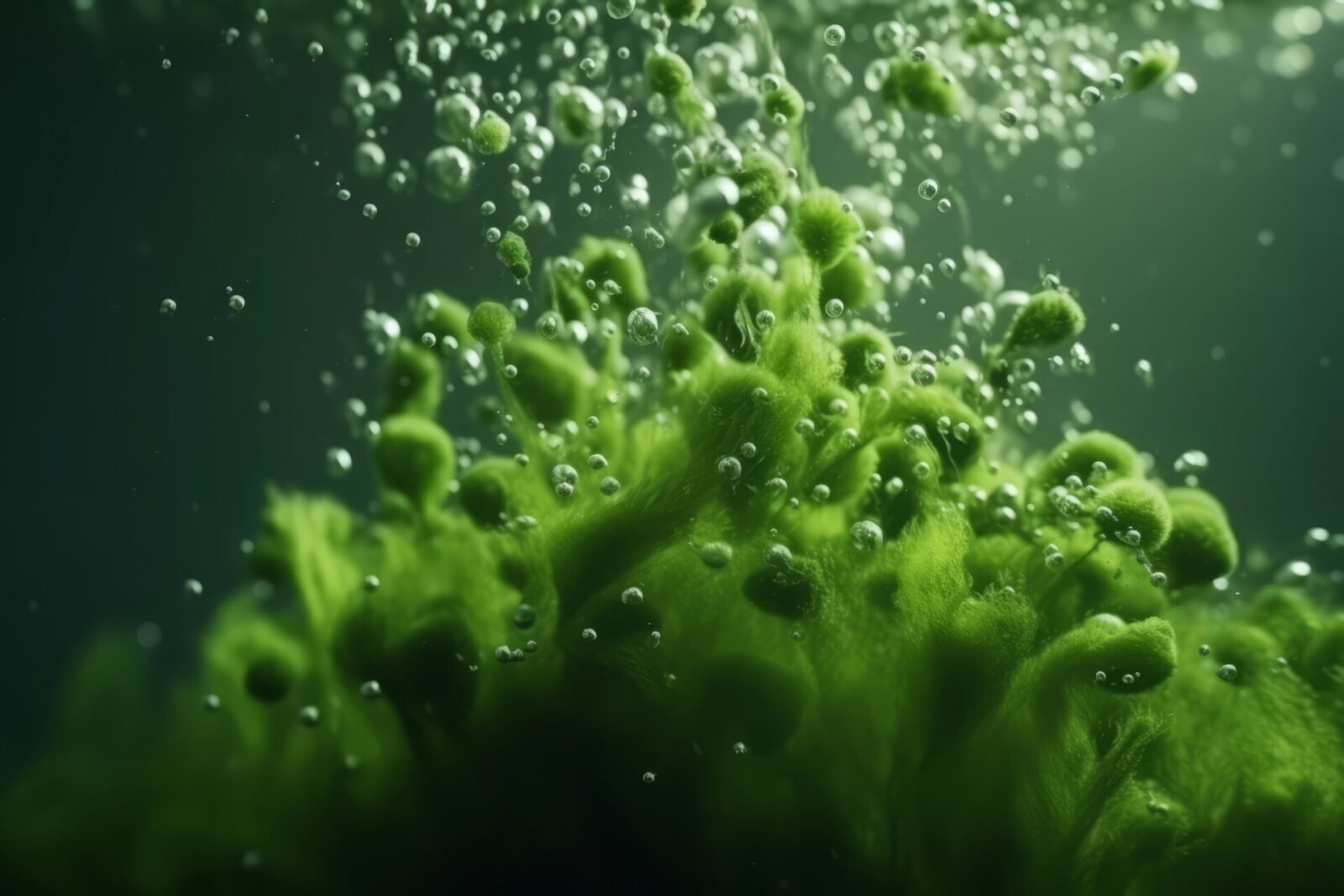Introduction
Bond-building systems are transforming haircare by strengthening and repairing hair. Bond builder chemistry focuses on improving hair structure and reducing damage. Maleate, succinic, and peptide systems are at the forefront of these formulations. These ingredients target disulfide bonds in the hair, which are weakened by chemical treatments and heat styling. Formulators are eager to understand how these ingredients work and how they fit into safe, effective haircare products.
This article explains the science behind bond-building chemistry, focusing on maleate, succinic, and peptide systems. We will also discuss how heat-protection polymers support these systems and offer practical tips for formulators.
Bond-Building Chemistry in Haircare
Hair consists of keratin, a protein that forms strong disulfide bonds. These bonds give hair its strength. Chemical treatments, heat, and physical stress can break down these bonds. Therefore, bond-building ingredients help restore hair’s natural strength by stabilizing or recreating these disulfide bonds.
Bond-building systems are essential in repairing hair and providing protection from further damage. Moreover, these systems work by restoring hair’s internal structure. As a result, hair becomes more resilient and resistant to styling damage.
Maleate and Succinic Acids: Key Players in Bond-Building Systems
Both maleate and succinic acid play vital roles in haircare formulations. Maleate is an organic acid that binds to keratin and helps stabilize disulfide bonds. In addition, maleate acts as a conditioning agent, enhancing hair texture. It also helps form a protective shield, reducing future damage from styling and environmental stress.
Succinic acid strengthens hair by interacting with its amino acids and promoting protein synthesis. As a result, hair becomes more resilient and elastic. Formulations with succinic acid also offer enhanced hydration and shine.
Peptide Systems: The Cutting-Edge of Bond-Building Chemistry
Peptides are small chains of amino acids that improve hair structure and health. Peptides like keratin amino acids bind to the hair’s keratin, strengthening it from within. Furthermore, they help form new disulfide bonds, enhancing hair’s flexibility and strength. Peptides also provide protection, making hair more resistant to future damage.
Peptide systems are a valuable addition to bond-building chemistry. They not only repair damaged bonds but also offer protection against future damage. In addition, they help prevent oxidative damage by scavenging free radicals.
Heat Protection and Bond Building
Heat styling contributes to hair damage by breaking down disulfide bonds. Therefore, combining bond-building ingredients with heat-protection polymers is essential for maintaining hair health. Heat-protection polymers form a barrier around the hair, preventing thermal damage from styling tools.
These polymers work synergistically with bond-building ingredients, enhancing hair’s strength and resilience. Moreover, they provide an additional layer of protection against styling damage.
Formulation Strategies for Effective Bond-Building
Formulating an effective bond-building product involves selecting the right concentration of ingredients, pH control, and system stability. In addition, the choice of carrier system ensures proper ingredient delivery and improves efficacy.
1. Concentration of Active Ingredients
- Maleate typically functions at concentrations of 0.5–3 % in bond-building systems.
- Succinic acid is effective at 1–3 % for strengthening and hydrating hair.
- Peptide systems often range from 1–5 % depending on the desired level of repair and protection.
2. pH and Stability Considerations
The pH of a bond-building formulation significantly impacts ingredient stability. For example, maleate-based systems work best in the pH range of 4.5–6.5. Peptide-based systems perform optimally at a slightly more acidic pH (4.0–5.5). Therefore, pH control is essential for ensuring the stability and effectiveness of these ingredients.
3. Carrier Systems and Delivery
Bond-building systems require careful selection of carrier systems to ensure that active ingredients are delivered effectively to the hair shaft. Furthermore, using encapsulated or liposomal delivery systems enhances penetration and retention of active ingredients.
Formulation Example: Bond-Building Hair Mask
- Maleate (as maleic acid) – 1.5 %
- Succinic Acid – 2 %
- Peptide Complex (keratin amino acids) – 3 %
- Glycerin – 4 %
- Polyquaternium-7 – 1 %
- Hemisqualane – 5 %
- Cationic Surfactant – 0.5 %
- Preservative – 1 %
- Water – balance to 100 %
This formulation provides both strengthening and moisture retention. Moreover, the mask offers heat protection up to 230°C while restoring damaged disulfide bonds.
Regulatory Considerations for Bond-Building Claims
As the use of bond-building ingredients grows, regulatory bodies have started to pay closer attention to claims about hair strengthening and repair. For example, in the EU and U.S., any claims related to hair repair must be backed by clinical evidence that shows a measurable improvement in hair tensile strength or damage reduction. Therefore, it’s crucial for formulators to have the proper substantiation to support claims like “restores hair’s natural strength” or “repairs heat-damaged hair.”
Compliant Claim Examples
- “Helps restore hair’s natural strength and elasticity.” ✅
- “Repairs hair damaged by chemical treatments and styling.” ✅
- “Protects against heat styling damage.” ✅
- “Restores hair’s keratin structure.” ❌ (medical claim)
Testing and Validation
For credible claims, stability and efficacy data should accompany every launch. Recommended studies include:
- Accelerated stability: 40 °C / 75 % RH for 12 weeks, measuring residual active content.
- Photostability: exposure under xenon lamp, monitoring degradation kinetics.
- In vitro release: Franz-cell diffusion or membrane tests for encapsulated systems.
- Consumer use test: 4–8 weeks, dermatologist-assessed tolerance and visible results.
Furthermore, integrating this data into a MoCRA Safety Dossier ensures regulatory readiness for both U.S. and EU markets. As a result, brand credibility increases while compliance risk decreases.
Rheology and Sensory Optimization
Because encapsulated actives can destabilize viscosity, choosing rheology modifiers that tolerate low pH and oil load is essential. Crosslinked acrylate copolymers, hydroxyethylcellulose, or biopolymers such as xanthan gum balance structure and sensory feel. Furthermore, using lamellar emulsifiers enhances spread and bioavailability while maintaining light, elegant aesthetics. In addition, rheological optimization improves perceived luxury and application performance.
Summary & Key Takeaways
- Bond-building chemistry uses maleate, succinic acid, and peptides to restore and protect hair from damage.
- Maleate provides structural support and frizz control, while succinic acid strengthens hair and improves elasticity.
- Peptide-based systems mimic the natural hair structure for enhanced repair and protection.
- Heat-protection polymers work synergistically with bond-building actives to shield hair during styling.
- Formulate with appropriate concentration, pH, and carrier systems to optimize the bond-building effect.
Next Steps for Chemists
To design advanced bond-building systems, consider using maleate and succinic acid with encapsulated peptides for maximum efficacy. Then, explore heat-protection polymers for multi-functional formulations. For more advanced ingredients and systems, visit the Grand Ingredients Product Center or Request a Sample to test with our lab.
References
- Smith, R. et al. (2024). “Peptide Systems in Haircare: Advancements and Challenges.” *J. Cosmetic Science*.
- Jones, L. et al. (2025). “The Role of Maleate and Succinic Acid in Bond-Building Chemistry.” *Cosmetic Chemistry Journal*.
- EU Regulation 1223/2009 (2025). Hair Repair Claims and Substantiation Guidelines.







